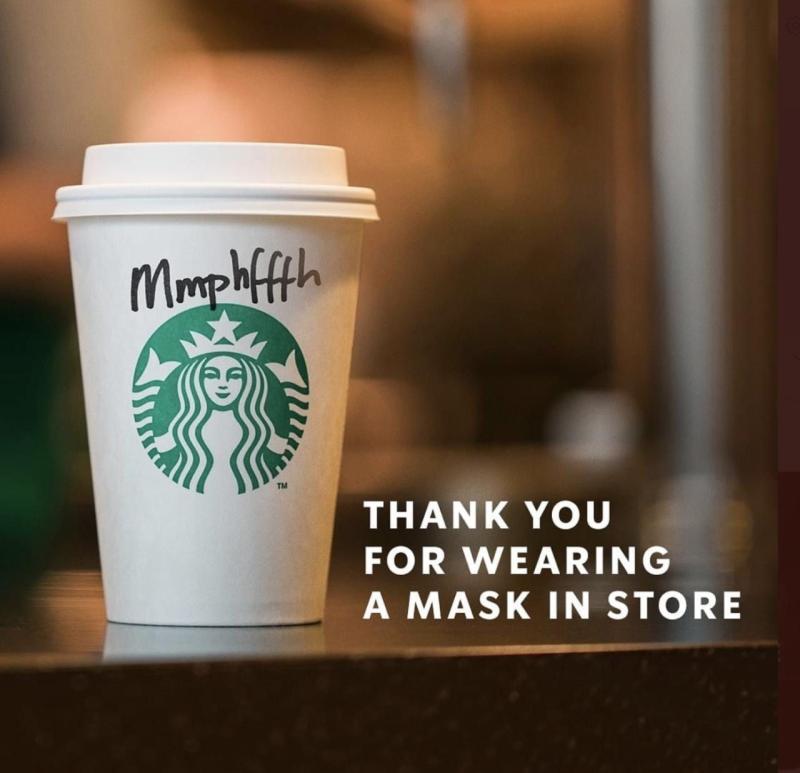
Tag: Starbucks
💎 On how Nespresso increased willingness to pay by changing their comparison set (“the machine’s paying for itself”)
I’ve just got one of those Nespresso machines, it’s fantastic. The really interesting thing about this Nespresso machine is that if I asked you to go out and buy those Twining’s super premium teabags which are £6.50 for 25 teabags you’d look at me as if I’m bonkers. For £6.50 you should get 100 teabags, 1,000 tea bags, you know? But actually it’s 25p for a cup of tea, it’s not bonkers, you pay a quid or two at Starbucks, but paying that for a teabag seems impossible. Wha’t clever about the espresso machine is that because it comes in individual pods, if you had to buy a jar of espresso coffee it would cost about 150 quid. You say to yourself: “I can’t, I simply cannot buy this thing, I cannot bring myself to pay 100 quid for a jar of Nescafe, it’s impossible”, but because the things come in individual pods, our frame of reference isn’t Nescafe, it’s Starbucks, where we actually pay a quid or two for a shot of coffee at Starbucks, so at 26p, well the machine’s paying for itself, right?
Excerpt from: Rory Sutherland: The Wiki Man by Rory Sutherland
💎 On reframing price comparisons (Starbucks Short, Tall, Grande, and Venti)
When Howard Shultz created Starbucks, he was as intuitive businessman as Salvador Assael. He worked diligently to separate Starbucks from other coffee shops, not through price but through ambiance. Accordingly, he designed Starbucks from the very beginning to feel like a continental coffeehouse.
The early shops were fragrant with the small of roasted beans (and better-quality roasted beans than those at Dunkin’ Donuts). They sold fancy French coffee presses. The showcases presented alluring snacks — almond croissants, biscotti, raspberry custard pastries, and others. Whereas Dunkin’ Donuts had small, medium, and large coffees. Starbucks offered Short, Tall, Grande, and Venti, as well as drinks with high-pedigree names like Caffe Americano, Caffe Misto, Macchiato, and Frappuccino. Starbucks did everything in its power, in other words, to make the experience feel different — so different that we would not use the prices at Dunkin’ Donuts as an anchor, but instead would be open to the new anchor that Starbucks was preparing for us. And that, to a great extent, is how Starbucks succeeded.
Excerpt from: Predictably Irrational: The Hidden Forces That Shape Our Decisions by Dan Ariely
💎 On how innovative brands don’t start fully formed (bow ties at Starbucks)
For instance, when Howard Schultz launched what would become Starbucks, he modeled the stores after Italian coffee houses, a new concept for the United States. Schultz was definitely onto something, but the baristas wore bow ties (which they found very uncomfortable) while customers complained about the menus being written primarily in Italian as well as the nonstop opera music. What’s more, the stores had no chairs. The Starbucks experience that emerged from the many refinements and tweaks obviously looks and feels quite different from Schultz’s initial concept.
Excerpt from: Little Bets: How breakthrough ideas emerge from small discoveries by Peter Sims



